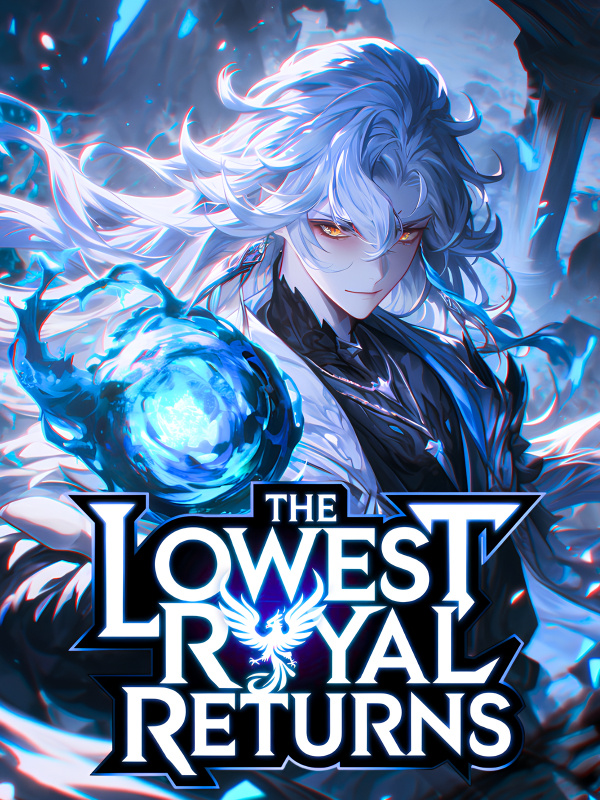©NovelBuddy
MTL - Harry Potter’s Morning Light-Chapter 2639 Wind and Flowers (18)
Chapter 2639 Wind and Flowers (18)
Before going back to school, Pomona and Filivie went to the lake again.
They estimated the time, and it happened that "one month" had passed since the incident, when Remus Lupin transformed before the real full moon.
"Speaking of prophecy, what did Sybil say this time?" Feliwei suddenly asked when he was checking the scene.
"What?" Pomona asked.
"I heard you took a crystal ball from her," Filivie said.
Pomona didn't know what to say for a moment.
"Because it recorded Sybil's prophecy like the Prophecy Ball?" Filivie said to himself without waiting for Pomona to answer.
"You'd better ask Albus," Pomona said, then walked to the edge of the lake and looked down at the water, which reflected her face like a mirror.
In ancient Greek mythology, there was a beautiful boy whose father was a river **** and his mother was a fairy. Soon after he was born, his mother received an oracle. He would grow up to be a beautiful man, but he was depressed because he fell in love with his own reflection. In the end, his mother did everything she could to keep him away from streams, lakes, and seas, so that he could never see his face.
Pomona also looked at "self", but in her mind she recalled the "self" who tried on clothes in the ready-to-wear store in Diagon Alley.
"Pomona!" Filivie suddenly shouted.
She looked at him in astonishment.
"Let's go back," said Filivie.
"Not investigating?" Pomona asked.
Filivi looked at the sky "The evening star has risen."
Pomona also looked at the sky. The "evening star" that Feiliwei said was actually Venus. It was the same star as the "morning star", but it appeared at a different time.
Identities are contradictory, they have the same origin, but contain different contents, and if one compares the existence of a thing at one time and place with its existence at another time and place, the result will be Forming identity and difference, like the morning and evening stars.
Even if the Forbidden Forest is now devoid of as many dementors as the previous school year, the eight-eyed spider is a threat that should not be underestimated.
After the interns were able to burn the spider webs and put out the fire with torrents, their next target was the eight-eyed spider, which was also Random's job. Although the eight-eyed spider is neither a "beast" nor a poacher.
At present, Random is still "hitwizard". This profession is somewhat similar to Muggle swat, specializing in combat and power control, and is not good at investigation and intelligence collection.
Pomona certainly wouldn't let him come to school for free to train his juniors, although he seemed to be in awe of Harry Potter, who killed the basilisk at the age of 12.
No one knew that Hermione used a time converter to bring Harry back to this place that night. Everyone thought it was "Harry Potter without time travel" who summoned the Patronus.
Hermione wouldn't have said that much if it wasn't for Feliwei, because it's too hard to explain.
About what happened that night, it was the "topsecret" of Hogwarts, which even the teachers didn't know much about.
"Go back," Filivie said, then turned and left.
Seeing him gone, Pomona also reluctantly left the lake.
Curiosity is not a sin, but we should be careful.
She doesn't think she should stay here by herself to continue her investigation, so she should wait until dawn.
===================================================== ===========
The Huygens-Fresnel principle was proposed by the Dutch physicist Christian Huygens in the 17th century. He was an important pioneer between Newton and Galileo, and he also proposed the wave theory of light.
Newton was an advocate of the theory of light particles. As early as 400 BC, the Greek philosopher Democritus proposed the concept of atoms. If you think of an atom as a Quidditch pitch, then the nucleus is only the size of a golden snitch, the electrons are a few grains of sand in the stands, and there are large gaps in the atoms for photons to pass through, which makes the glass transparent The reason why the object is opaque is because the electron absorbs the energy of the photon and jumps to a higher energy level.
But light slows down as it travels through glass, about two-thirds the speed of light traveling in a vacuum, and regains the speed of light when it penetrates the other side of the glass.
The speed of light in a medium is related to its refractive index.
There are two explanations. After entering the glass, the light particles are continuously bounced by atoms, causing the distance to become longer and the time it takes to become longer. It looks like the speed of light has slowed down. But there is a downside to this explanation. The bouncing of photons between atoms is random and uncontrolled, and if so, the light entering the glass would not be a beam and come out the other end, but would be scattered.
Another explanation is that photons are absorbed by atoms in a mirror, and then released, absorbed, released. It takes time for atoms to absorb photons, and then the speed of light slows down.
But the problem is that the atom doesn't "remember" which direction the photon came from, and it chooses a random direction when it's re-released, which causes the light to scatter evenly in the glass.
These are all based on the assumption that light is a particle. If it is explained by light waves, when the peaks and troughs of the two waves are opposite to each other, they will cancel each other to form a new wave. The superposition of the light wave and the wave of glass electrons will form a wave passing through the glass. waves, which are slower than in a vacuum. After the light leaves the glass, there is no wave of glass electrons, and the speed of light is restored.
The wavelength of visible light to most humans is between 400-700 nanometers, light at this wavelength is "opaque" to metals, and X-rays are very penetrating, and most metals except lead can penetrate Transparent, its wavelength is 10 nanometers, which is not in the wavelength range of human visible light, but it can still take "photos".
The wave propagates in a straight line in a homogeneous medium, so the mirror reflects the light because the mirror "bends" the wave?
Huygens' theory is the study of "spherical" wave surfaces, and the reason why waves turn around and travel away from straight lines after encountering obstacles. A sound wave is also a wave that bounces off an obstacle and then forms an "echo".
The surface of the crystal ball is of course different from the surface of the flat glass. The reflection of people on the crystal ball and the glass can be seen.
In addition to refraction, glass can also reflect, not only the metal behind the mirror has charged particles, but even the material quartz of the mirror itself has charged particles. Due to the different distribution of charged particles, various substances exhibit different optical properties. The image on the glass surface is more "virtual", and what is seen later is more "real". If the reflection of glass is the same as that of metal, why is the metal coating behind it necessary? ?
Matter will absorb light energy according to the composition of molecules or atoms, and release it through radiation and heat energy. The wavelength of the reflected light is the wavelength of light that people see. Red objects will absorb light waves other than red, and green objects will absorb light waves other than green. Light waves, red wave wavelength 660 nanometers, green light wavelength 550 nanometers. In addition to mercury, humans have also used bronze and other materials as mirrors, but the color reflected by the bronze mirror is yellowish and cannot truly reflect the original color of the object.
Gold is similar in color to many substances, such as brass and iron sulfide. It is almost difficult to distinguish between color and shape. The wavelength of gold is about 595 nanometers, but it is also easy to distinguish them, which requires "knowledge".
Georgianna rang the bell. It was Leeuwenhoek who discovered the cochineal insect and cracked the secret that Spain had kept for many years. It was also the Dutch physicist who proposed the theory of light waves. She felt that she had to summon a Dutchman.
She met a lot of Dutch people during this trip, but only one person appeared in her mind.
"Madame." Matilda walked in with a sleepy face.
"Go and call Rutger," said Georgiana.
"Yes." Matilda curtseyed.
"You can rest." Georgiana said after she got up. "Go and call Figor."
"I'm not sleepy," Matilda said.
"You have other tasks when it's dawn." Georgiana said, "Go to sleep."
Matilda hesitated, but she withdrew.
After Georgiana was alone in the room, she started practicing yoga again, which seemed to have a refreshing effect.
This time she practiced wheel pose, although it was called wheel, it was actually more like a bridge, and it was also evolved from bridge pose.
Suppose there is a river in front of you, and there is an arch bridge on the river. The bridge arch in reality and the reflection in the water form a circle. The premise is that the river is calm, at least it looks like this on the surface.
(end of this chapter)




![Read The Royal Military Academy's Impostor Owns a Dungeon [BL]](http://static.novelbuddy.com/images/the-royal-military-academys-impostor-owns-a-dungeon-bl.png)


